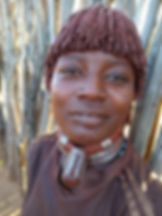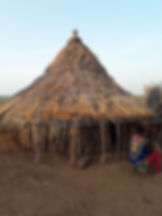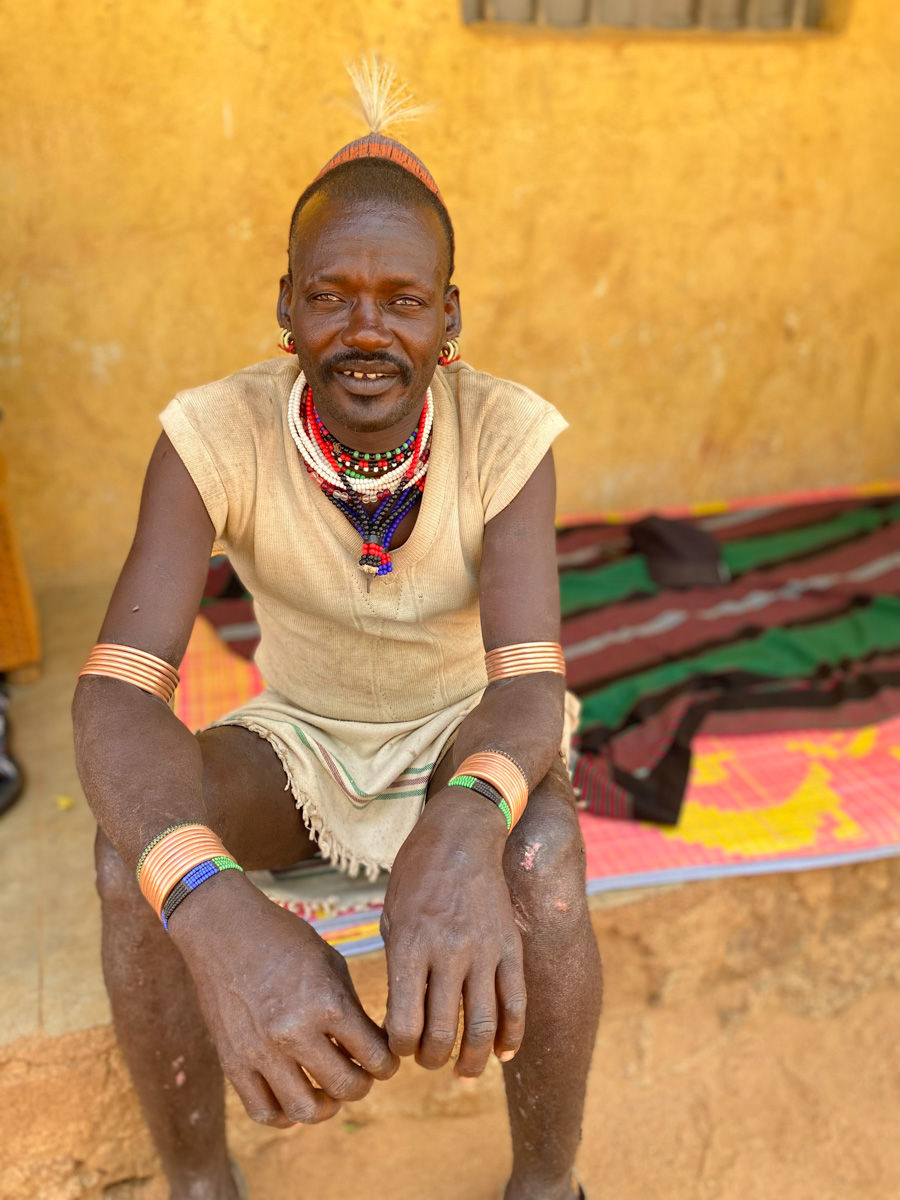

Collaborative & Interdisciplinary Science
The Omo Valley Research Project (OVRP) is a community-engaged, interdisciplinary research initiative dedicated to studying the social, cultural, and health dynamics of communities in Ethiopia’s Omo Valley. Our work integrates anthropology, network science, behavioral ecology, and health research to explore how individuals and groups navigate social relationships, environmental change, and livelihood strategies in this ecologically and culturally diverse region.
A core principle of our project is that our research should be mutually beneficial, serving both academic inquiry and the communities we collaborate with. To that end, we partner closely with local communities and Ethiopian scholars, ensuring that our research is both ethically grounded and culturally informed. We are also committed to training the next generation of Ethiopian scholars, providing mentorship and research opportunities that support capacity-building and long-term collaboration.
Team

Eshetu Ewentu,
Research Associate
Arba Minch University

Zach Garfield,
Co-Director
University Mohammed VI Polytechnic

Luke Glowacki,
Co-Director
Boston University

Maud Mouginot,
Research Associate
Boston University
Field Sites

Hamar
The Hamar, an Omotic-speaking agropastoralist community of about 50,000 people in Ethiopia’s South Omo Zone, maintain a rich cultural heritage rooted in cattle herding, horticulture, and traditional governance. Their rugged homeland, spanning from the Woito to the Omo Rivers, supports both pastoralism and slash-and-burn agriculture, with sorghum and maize central to their subsistence. While many reside in semi-permanent settlements men often spend extended periods at mobile cattle camps, reflecting the enduring importance of livestock, which defines wealth, social status, and marriage eligibility. The Hamar social structure is guided by elders and ritual leaders, with the Bitta overseeing spiritual and ceremonial life. Key rites, such as the cattle jumping ceremony (Ukuli Bula), mark a young man's transition to adulthood. Aesthetic traditions like scarification, ochre hairstyles, and intricate beadwork further express identity and status. Despite modern challenges, including land encroachment and economic shifts, the Hamar continue to adapt while preserving their deep-rooted cultural practices.
Current Projects
Comparative & longitudinal research
We are creating new paths in interdisciplinary science by building a multi-population, longitudinal database designed to address outstanding questions in social and health science. Our methods integrate network analysis, remote sensing, experimental paradigms, participant observation, and ethnography.
Network Formation and Function Between Cultural Groups
Gendered Strategies in Bond Friendships and Coalitionary Dynamics
This project explores how women and men form and maintain friendships and coalitions in patrilocal, patriarchal, and gerontocratic societies, where social and material resources are often unequally distributed. While kinship and marriage shape many social ties, non-kin friendships and strategic coalitions provide alternative pathways for social support, protection, and cooperation, particularly for women, who face unique challenges in mobility, decision-making, and resource access. Using social network analysis and Bayesian modeling, we examine how factors such as clan membership, geographic proximity, birth location, age, number of children, and physical strength influence the formation and stability of these relationships. Early findings indicate that women’s coalitions and friendships are strongly shaped by shared birthplace and geographic proximity, while men’s alliances often center on kinship, status, and economic cooperation. These gendered differences suggest that women rely more on localized, interdependent support networks, whereas men may leverage broader coalitions tied to social hierarchy and economic exchange. By integrating quantitative network analysis with ethnographic insights, this research enhances our understanding of gendered strategies in social organization, resilience, and cooperation in small-scale societies. These findings offer broader implications for how women and men navigate social landscapes, build alliances, and maintain support systems—both in traditional and rapidly changing social environments.
Exploring Market-Based Realities Across Communities in Ethiopia (EMBRACE)
The EMBRACE project investigates how market integration reshapes social, economic, and health dynamics in traditional pastoralist communities in Ethiopia. While prior research has explored aspects of market integration, studies often focus on isolated social or biological effects within single cultural groups. This project overcomes these limitations through cross-cultural and longitudinal analyses, examining social networks, social influence, and health outcomes in response to changing economic landscapes. Using interdisciplinary methodologies, including ethnographic research, network analysis, epidemiological surveillance, and economic modeling, the project identifies factors that influence resilience to climate change, inter-group conflict, and health disparities. By exploring culturally evolved mechanisms that mitigate the risks associated with market participation—such as leadership structures, wealth distribution, and gender dynamics—this research offers crucial insights into how social and economic transformations shape community well-being. Findings from EMBRACE will contribute to public health strategies, development policies, and scientific understanding of market adaptation in rural Africa. The project’s commitment to open data, local collaboration, and capacity building ensures that its impact extends beyond academia, benefiting the communities it studies while informing broader policy and development initiatives across the Global South.



















